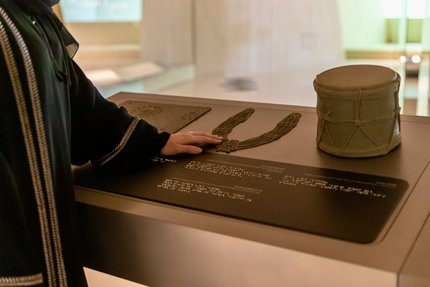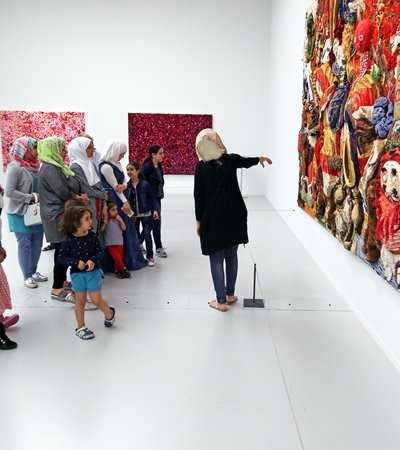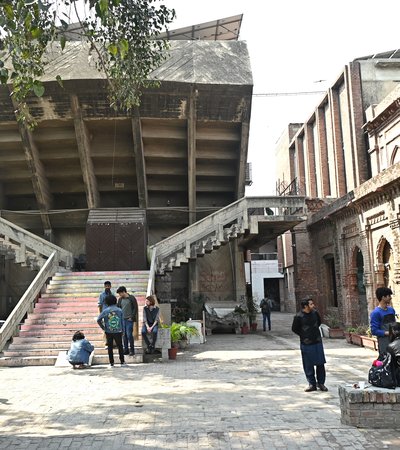Mathaf: Arab Museum of Modern Art
Mathaf has dedicated parking spaces, wheelchair ramps and elevator access to all galleries. The museum’s café and gift shop are also wheelchair accessible.
The Museum of Islamic Art
The Museum of Islamic Art provides a variety of equipment – such as wheelchairs, walkers and crutches – to ensure that the museum is fully accessible to all visitors.
Fire Station: Artist in Residence
Fire Station: Artist in Residence is wholeheartedly committed to providing all guests with a comfortable and accessible experience. Our accommodations include accessible toilets, ramps, wheelchairs to borrow, lifts and sliding doors.
Archaeological and Heritage Sites
While we do our best to ensure that our venues are accessible to all visitors, every heritage site is unique. Please contact us before your visit so that we can do our best to accommodate your needs.




